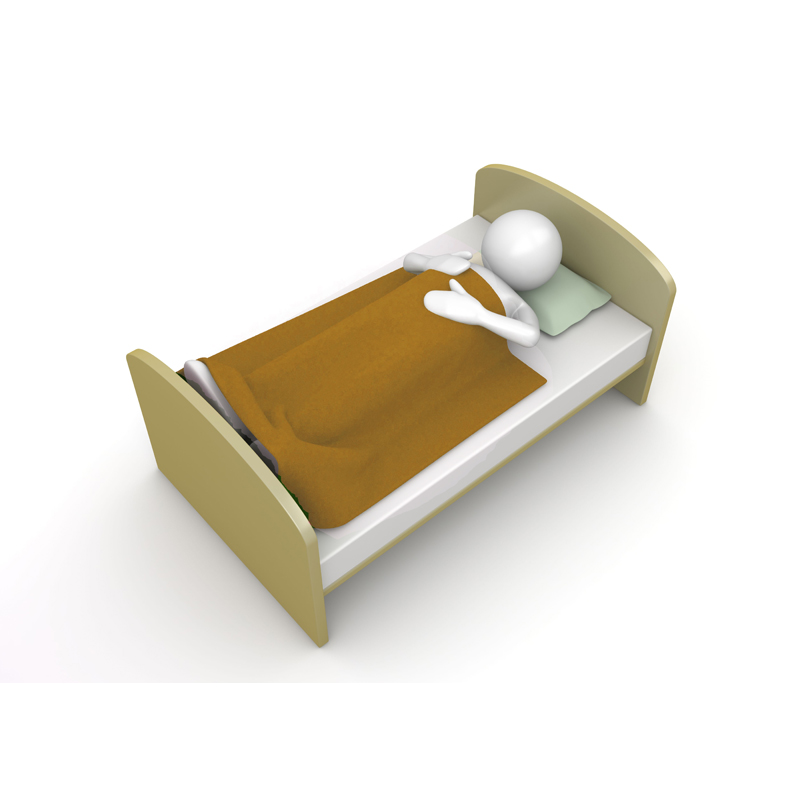Flexible cystoscopy

What is it?
Flexible cystoscopy is used for clear visualization of the lower urinary tract including the bladder through the urethra using a cystoscope.
It is a procedure performed by the urologist under sterile conditions to avoid bacteria from entering the urinary tract.
Indications:
* Investigation of bladder infections,
* Bleeding in the urinary tract (hematuria),
* To obtain a biopsy, or tissue sample,
* Diagnosis of bladder dysfonctions,
* To measure bladder capacity,
* To remove foreign bodies or stones from urinary tract,
* Diagnosis of tumors in the urinary tract,
* To collect sterile urine specimens urine, etc…
Indications of Cystoscopy:-
* Urinary incontinence
* Hematuria
* Urinary hesitancy
* Painful urination,
* Repeated or recurrent urinary tract infections not responding to treatment,
* Enlarged prostate, renal calculi,
* bladder cancer,
* interstitial cystitis,
* prolonged pelvic pain,
* overactive bladder,
* To obtain biopsy,
* Presence of foreign body in the urinary tract


How is the exam performed?
Here at our clinic, we use state of the art flexible cystoscopes which are half the diameter of the urethra. After applying a local antiseptic and sterile drape, the camera is passed through the urethra and into the bladder. Sterile liquid is introduced into bladder for clear inspection of the entire lower urinary tract, including the bladder wall. Additional instruments can also be passed within the cystoscope to obtain a biopsy or to remove a foreign body if needed.
Is it painful ?
Contact us if you experience increasingly difficult urination, develop fever/chills, or burning/bleeding with urination that persists for more than 48hrs.


What do I need to do before the exam?
- No food restriction, if local anesthesia is given for Cystoscopy
- Void urine, or empty the bladder before Cystoscopy procedure
- Don’t worry cystoscopy is not a life-threatening procedure.
What are the risks?
Although side effects are possible, they are generally infrequent and temporary:
- Allergic reactions to local anaesthesia, disinfectant, or latex
- Urinary tract infection
- Bleeding
- Narrowing of urethra due to formation of scar tissue (stricture),
- Damage or tear to the urethra or bladder
- Urinary retention because to altered bladder muscle tone, and swelling,
- Pain and swelling for hours to days.


After the surgery
In the following days, consult your doctor if the urine turns red (hematuria) or if pain and fever appear.
After the exam, you can eat and drink normally. You will return home after a short observation period (from a few hours to a day). If the procedure was performed under general anesthesia, it is necessary for someone to accompany you.
This page was about: flexible cystoscopy
Contact-us
Phone
Address
1731, 3ième avenue, Suite 200, Val-d’Or, Québec J9P 1W3
